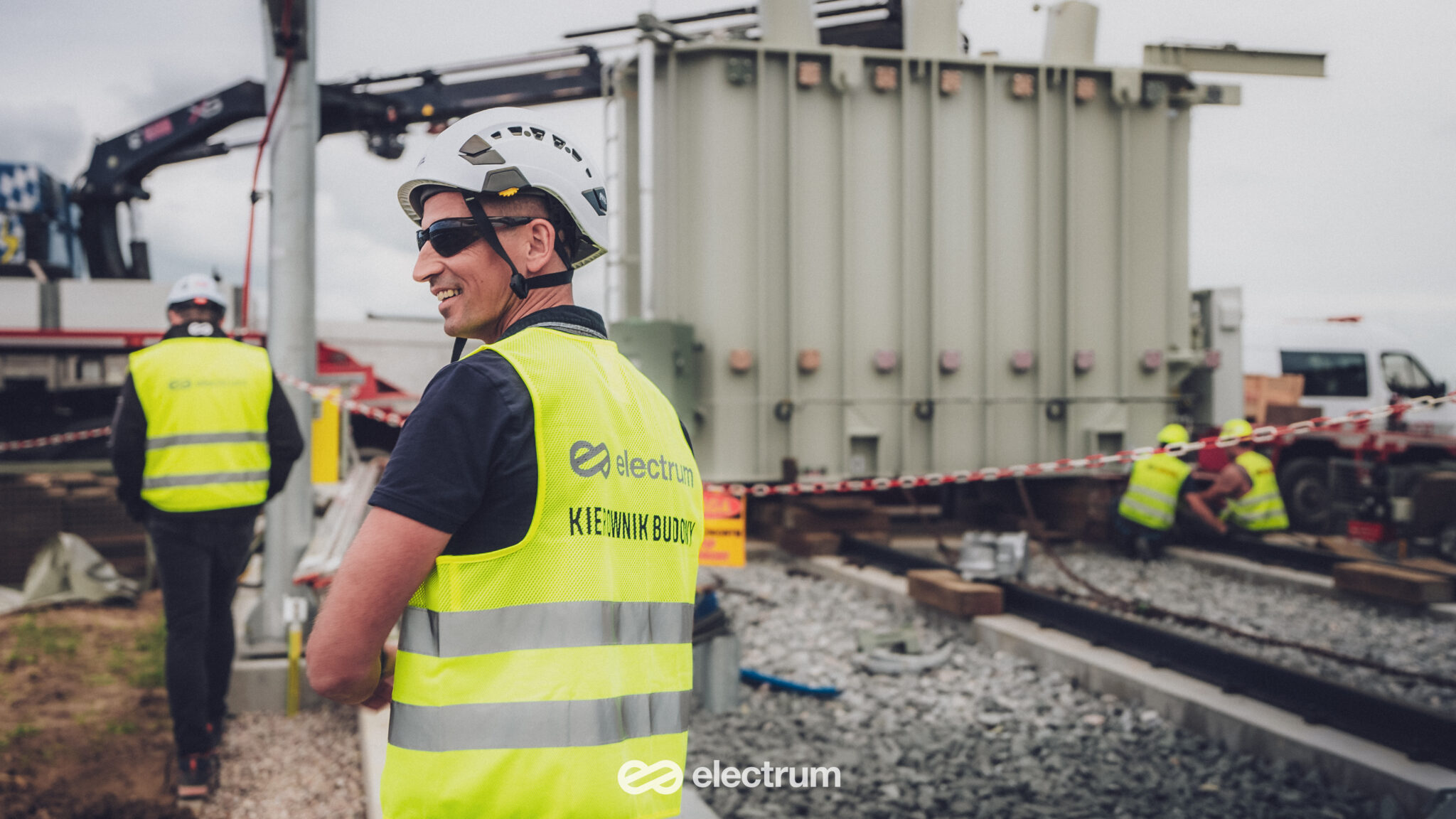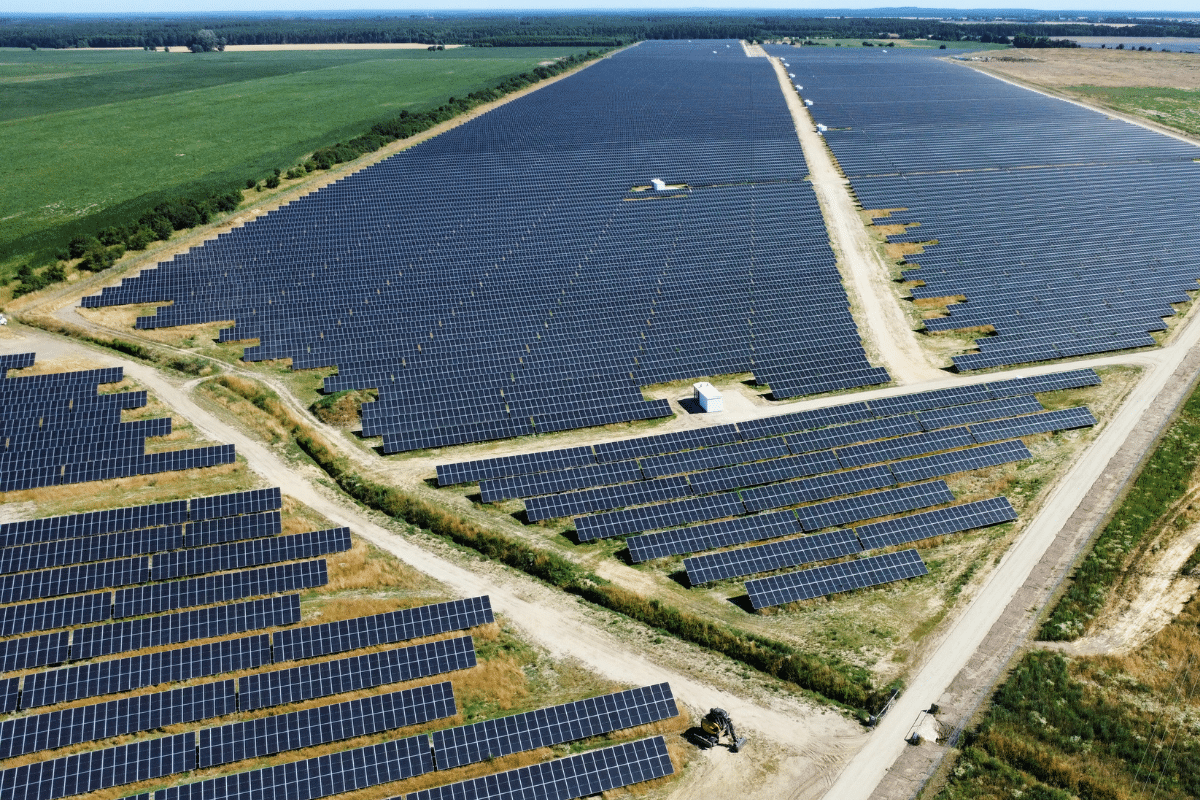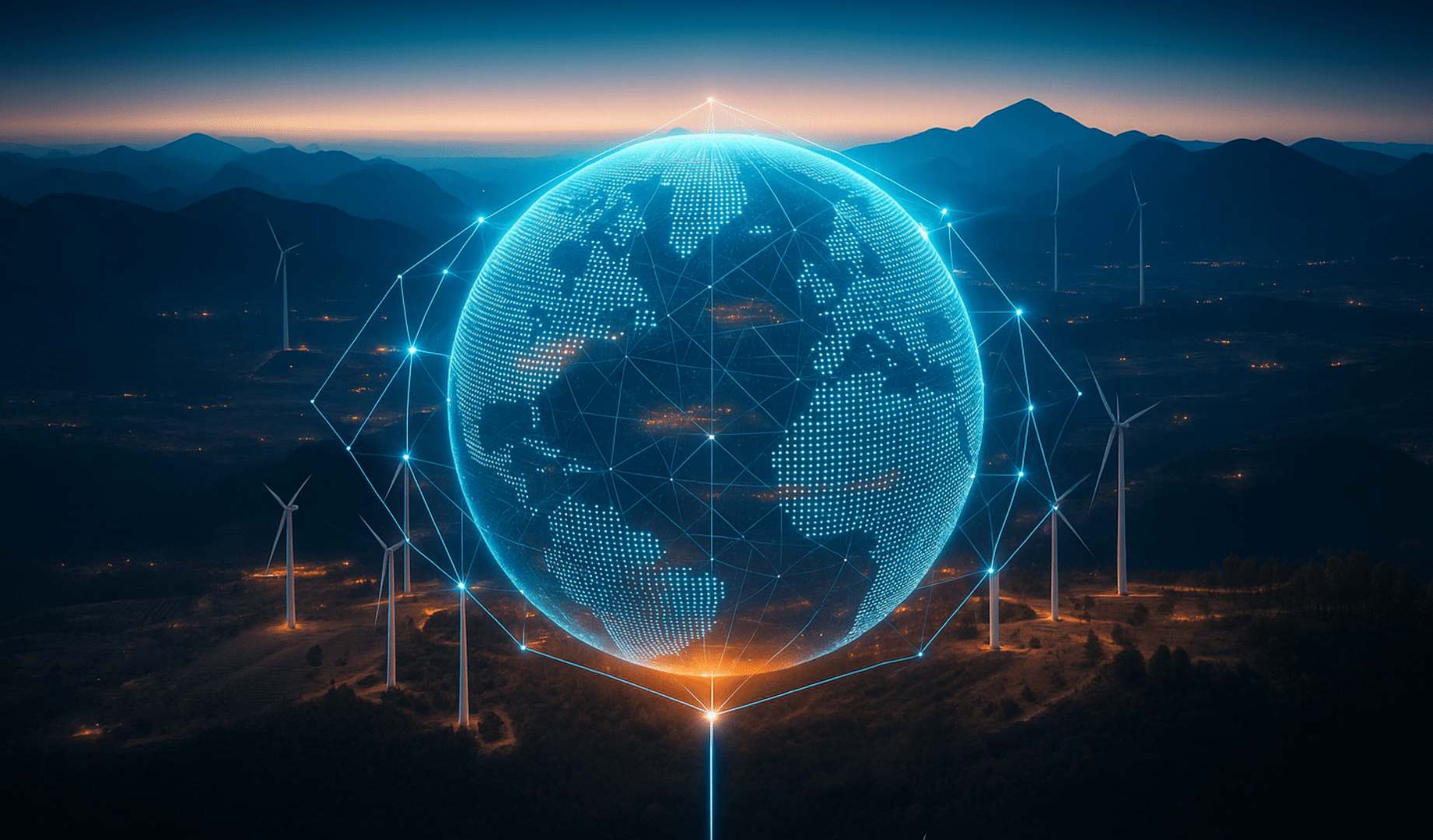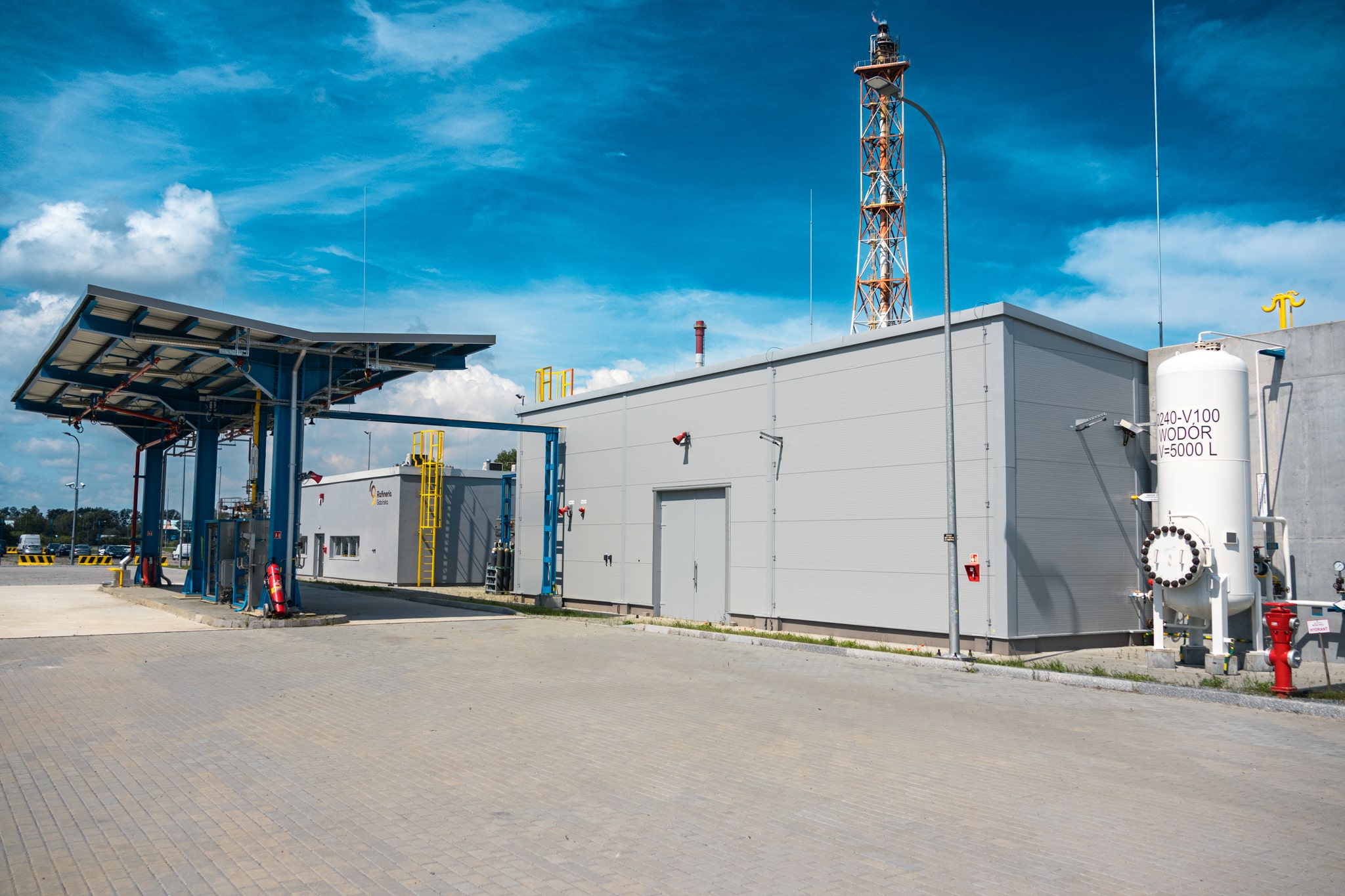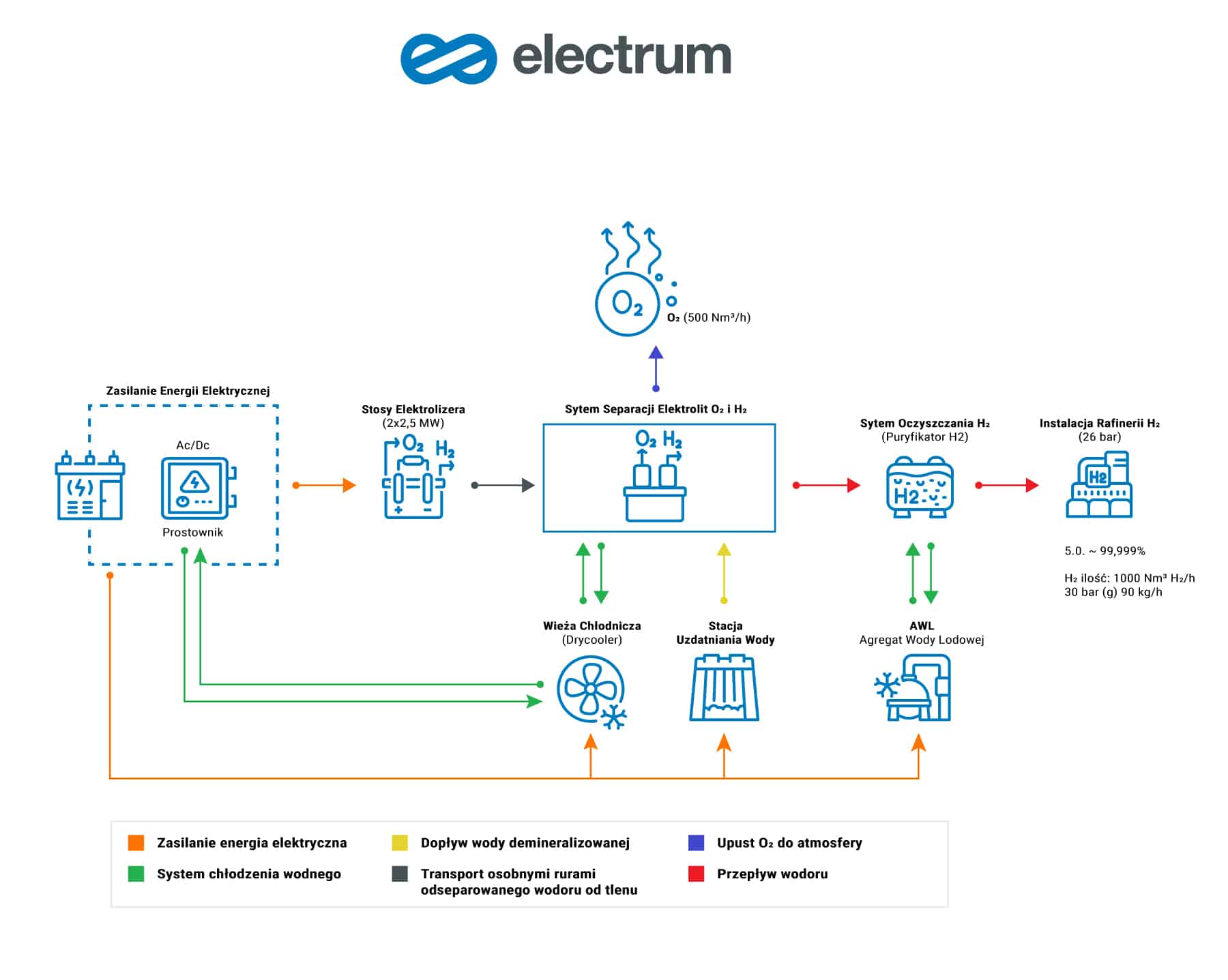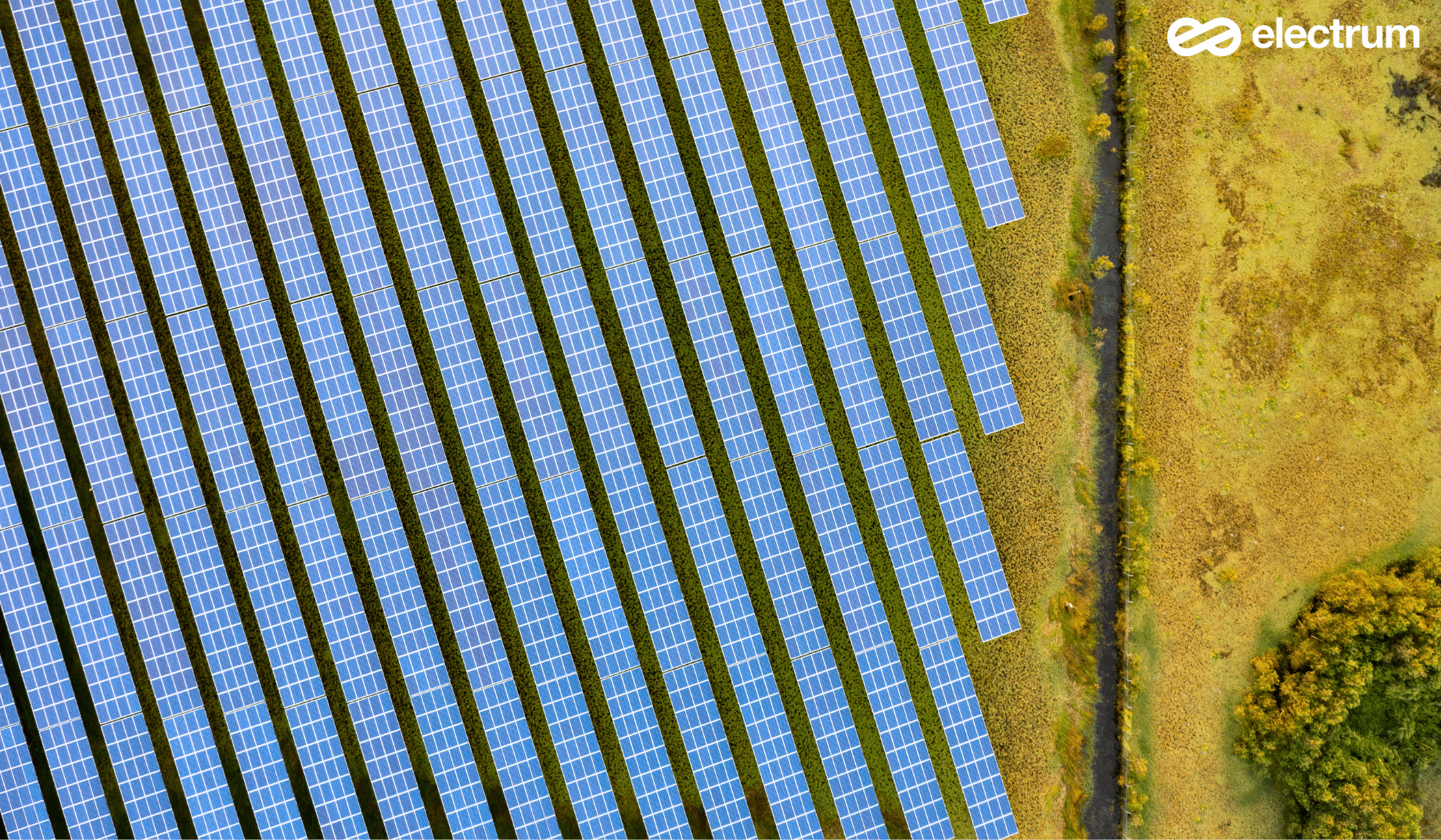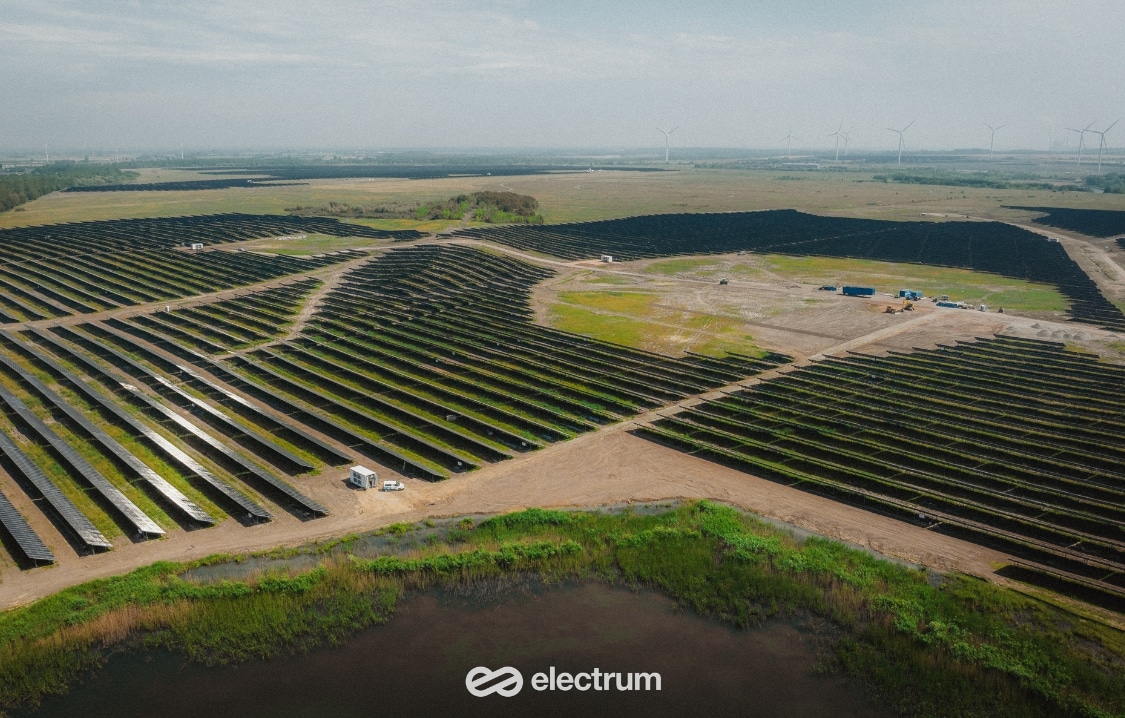Can you imagine a world powered entirely by clean, limitless energy available to everyone?
This is no longer just a distant dream, but a vision rapidly coming into focus. World Energy Day, celebrated on October 22nd, is the perfect time to reflect on this incredible opportunity, as well as the challenges that come with it. It’s not just a day of celebration, but a moment to seriously consider the current state of global energy systems and the direction we are headed.
The future of our energy system lies at the intersection of innovation, climate policy, and sustainable development. The International Energy Agency (IEA), in its latest “World Energy Outlook 2023”, released in mid-October, presents this path, providing both the road signs and the obstacles we must face. But with these challenges comes the promise of invaluable opportunities offered by modern climate technologies.
The Starting Point: Fossil Fuels Dominate
Despite the rapid development of renewable energy, fossil fuels still remain the dominant source of meeting global energy demand. They account for 80% of the global energy mix, though their share has seen a decline over the past 10 years.
At the same time, demand for electricity is rising faster than ever before, driven by technological advancements, urbanization, and the growing needs of societies. And this means a paradigm shift is necessary. To understand the scale of change and the directions in which global energy might move, it is worth looking at the current data and scenarios presented by the IEA.
- From 2013 to 2023, the share of fossil fuels in the global energy mix decreased from 82% to 80%.
- During the same period, global energy demand grew by 15%.
- 40% of this increase was met by clean energy sources: renewables, nuclear energy, and low-emission fuels.
Despite these advancements, we still have a long way to go to achieve full decarbonization.
Rising Demand for Electricity
The IEA highlights that electricity demand is growing faster than overall energy demand. The main drivers of this growth are:
Electric Mobility
The global electric vehicle market is growing at a rapid pace, driven by technological advancements, regulatory support, and growing environmental awareness.
Electric vehicles, which were only recently considered a niche market, are becoming increasingly accessible and popular. This is contributing to a significant increase in energy demand, particularly in cities with developed charging infrastructure.
Cooling and Air Conditioning
Rising living standards and climate change are increasing the demand for cooling systems. Rising temperatures, more frequent heatwaves, and the need to ensure thermal comfort in offices and homes are leading to increasing electricity loads from cooling systems globally.
Many countries, especially in regions with hot climates, are facing rapidly growing electricity consumption in the building sector. This phenomenon requires the further development of more energy-efficient cooling technologies and the implementation of energy management systems.
Data Centers and Artificial Intelligence (AI)
Data centers, the foundation of the digital economy, currently consume about 1% of the world’s electricity, and their role in global energy infrastructure is increasing as artificial intelligence and cloud computing expand.
With the rapid development of digital technologies, the demand for computing power is rising, leading to higher energy consumption in data centers. The growth of AI, which requires the real-time processing of massive amounts of data, further increases the load on these systems.
To meet this challenge, more energy-efficient data processing technologies and increased server cooling efficiency will be needed.
Read more: AI in Energy Sector
Global Energy Development Scenarios
The International Energy Agency has developed three scenarios that illustrate possible pathways for the development of global energy. Each of them depends on political decisions, the extent of technological innovation, and the level of commitment to decarbonization.
Stated Policies Scenario (STEPS)
This scenario is based on current policies and regulations, predicting moderate growth in renewable energy and an average annual increase in global electricity demand by 3% by 2030.
By that time, fossil fuels will account for about 70% of the global energy mix, while renewables will provide 30% of electricity production. By 2050, the share of fossil fuels will fall to 60%, and renewables will rise to 40% of electricity production.
Announced Pledges Scenario (APS)
This scenario assumes full implementation of all officially announced climate and energy commitments by governments, leading to faster decarbonization and a greater share of renewables in the energy mix.
By 2030, renewables are expected to cover more than 50% of global electricity production, with fossil fuels dropping below 50%. By 2050, the share of renewables could increase to around 70-80%, while fossil fuels would be reduced to below 20%.
Net Zero Emissions by 2050 Scenario (NZE)
The most ambitious scenario lays out the path to achieving net-zero emissions by 2050, in line with the goal of limiting global warming to 1.5°C. This requires an intense energy transformation, mass electrification of many sectors of the economy, and widespread deployment of innovative technologies.
Under this scenario, by 2030, renewables would reach around 60% of global electricity production, and fossil fuels would be reduced to 40%. By 2050, renewables would account for around 90% of the energy mix, and fossil fuels would be almost completely eliminated, with the simultaneous deployment of carbon capture and storage (CCS) technologies in the remaining sectors.
The path we take depends on all of us — governments, businesses, and society. The sooner we implement ambitious strategies and invest in clean energy, the greater the chance of reducing the impacts of climate change and ensuring a sustainable future for future generations.
Entering the Age of Electricity
We are on the threshold of a new energy revolution — the age of electricity is taking shape before our eyes. More and more sectors of the economy are transitioning to electricity as the main source of energy. From transportation to industry to our homes, electrification is accelerating, and electricity is becoming the central element of modern infrastructure. This transformation not only changes how we consume energy but also opens the door to a more efficient, clean, and sustainable energy system.
Renewables in Electricity Production
In 2023, renewables provided more than 30% of global electricity production. The share of fossil fuels in electricity production fell to 60%, the lowest level in 50 years.
Projections for the Future
In the Announced Pledges Scenario, renewables are expected to cover more than 50% of global electricity production by 2030. Solar and wind energy will play a key role.
The Untapped Potential of Solar Energy
The Tremendous Power of the Sun
In celebration of World Energy Day, we want to highlight an amazing fact that drives us to keep moving forward.
Every hour, the Earth receives from the Sun the same amount of energy as all of humanity uses in a year. To illustrate:
- Global primary energy consumption in 2022 was about 600 exajoules (EJ).
- The Sun delivers about 430 exajoules (EJ) of energy to Earth’s surface every hour.
This massive potential suggests that even harnessing a small fraction of solar energy could meet global energy demand. Currently, we are only using a tiny portion of this potential due to several challenges, which, of course, cannot be overcome overnight.
- Technological limitations – while solar technology is advancing rapidly, the efficiency of converting solar energy into electricity still needs improvement.
- Energy storage – solar energy is only available during the day and depends on weather conditions. Developing efficient storage systems is critical for ensuring continuity of supply.
- Grid infrastructure – integrating large amounts of solar energy requires upgrading and expanding transmission and distribution networks.
- Initial costs – although the cost of solar installations is decreasing, it remains a barrier, especially in developing countries.
- Space utilization – large solar farms require significant land areas, which can lead to land-use conflicts. Solutions like agrivoltaics or Floating PV can help address this issue.
Despite these challenges, investments in solar panels, solar farms, and energy storage technologies are necessary to tap into the unimaginable potential of the Sun.
Accelerating research and deploying innovative solutions can significantly increase the share of solar energy in the global energy mix, contributing to a sustainable and secure energy future.
At Electrum, we are committed to developing projects that utilize solar energy. We are investing in solar farms and working on solutions to improve the efficiency and profitability of solar technologies. We believe that through innovation and collaboration, we can help unlock the full potential of solar energy to support the energy transition.
Challenges on the Path to Clean Energy
The Need for Greater Investments in Transmission Grids and Energy Storage
There is currently a significant disparity in the allocation of funds for energy sector development. For every $1 invested in renewables, only $0.60 is allocated to transmission grids and energy storage systems. The IEA stresses that this imbalance could hinder the effective integration of renewables into the energy system and recommends increasing this ratio to 1:1.
Why is this so important?
Renewable energy sources are characterized by variable production, dependent on weather conditions. To fully harness their potential, we need modern transmission grids capable of flexibly managing energy flows and storage systems that allow for storing excess production and using it during periods of increased demand.
Insufficient investments in infrastructure can lead to grid overloads, transmission restrictions, and financial losses. Increasing investments in grids and storage to a level equivalent to investments in renewables is essential to ensure the stability and reliability of energy supplies.
Energy Efficiency
Despite numerous initiatives to improve energy efficiency, the current pace of change remains insufficient to meet climate goals on time.
According to the IEA, the rate of energy efficiency improvements would need to at least double by 2030 to effectively reduce global emissions. Unfortunately, current policies are not keeping pace with this challenge, and many countries still face regulatory and technological barriers that hinder progress in this area.
Where do potential savings lie?
Buildings
According to IEA data, buildings account for about 30% of global energy consumption, and improving their efficiency could lead to significant savings. Technologies like smart energy management systems and modernizing heating and cooling systems could significantly reduce energy consumption in this sector.
Transport
The development of electric mobility, along with improved fuel standards, could help reduce energy consumption by about 15% by 2030 in developed countries. Electric vehicles, which are more energy-efficient compared to traditional internal combustion vehicles, will play an important role in this process.
Industry
The industrial sector also has tremendous potential for improving energy efficiency. The IEA report indicates that improving production process efficiency and using more advanced technologies could reduce energy consumption by about 20% by 2050, significantly impacting global emissions.
Read also: Industrial solar power
Energy Security
Extreme weather events, such as heatwaves, droughts, and hurricanes, are becoming more frequent and intense, directly threatening global energy systems.
According to the report’s data, extreme weather events could, by 2030, lead to power outages for up to 30% of the population in the most vulnerable regions. Rising temperatures increase the demand for cooling, which can overload local energy grids, especially in developing regions that lack sufficient infrastructure.
How can we ensure the resilience of systems?
Diversification of Energy Sources
To increase the resilience of energy systems, the diversification of energy sources is essential. Countries that have invested in the development of renewables are less vulnerable to sudden fluctuations in fossil fuel prices and to disruptions resulting from geopolitical crises. By 2050, the share of renewables in the energy mix could rise to 90% in countries pursuing ambitious climate policies, significantly enhancing the stability of energy systems.
Grid Modernization
According to the data, the development of smart grids will increase the flexibility and reliability of energy systems. The modernization of transmission grids and the development of energy storage systems are a must on the path toward better integration of variable energy sources. Without investments in these technologies, there is a risk of grid overload, which could lead to power outages.
Our Shared Path Forward
World Energy Day is not only an opportunity to reflect on the challenges we face in the context of the global energy transition but, above all, a call to action. The IEA report highlights that to achieve climate neutrality by 2050, the world must triple the rate of deployment of renewable energy and double the annual growth of energy efficiency. To achieve this, the involvement of everyone—governments, companies, and society—is necessary.
What Can Policymakers and Companies Do?
- Creating Stable Regulatory Frameworks
Stable and predictable regulations are key to attracting investments in clean energy. Governments need to create policies that encourage investment in renewable energy, grid modernization, and energy storage systems. The report indicates that such policies could accelerate the pace of decarbonization by 30% by 2030.
New technologies, such as advanced energy storage systems, carbon capture and storage (CCUS), and energy management systems, are highlighted in the report, emphasizing that investments in research and development in these areas must increase by 50% by 2030 to achieve the climate neutrality scenario.
- International Partnerships
International cooperation is essential for the transfer of technology and financing of projects in developing countries. Without such support, these countries may face financial barriers that slow their energy transition. The IEA report estimates that developing countries will need an additional $500 billion annually by 2030 for investments in clean energy.
What Can Societies and Individuals Do?
Consumers have a significant impact on the future of energy by choosing products and services with a lower carbon footprint. Using renewable energy and investing in energy-efficient devices can contribute to reducing emissions by up to 20% by 2030.
Promoting knowledge about energy efficiency and the benefits of renewable energy is key to building a sustainable future. Educating society about ways to save energy can bring significant savings both at the individual and global levels.
- Supporting Local Initiatives
Participating in community projects, such as local wind or solar farms, can accelerate the development of clean energy at the regional level. The report emphasizes that local energy projects can become an important element of the energy transition, especially in countries with limited access to energy.
Action at Electrum
At Electrum, we understand the challenges of the global energy transition, which is why our strategy is based on using modern technologies that allow us to maximize energy efficiency and integrate renewable energy sources.
Our path is guided by the implementation of climate technologies, or Climate Tech.
By implementing smart grid solutions, we improve the efficiency of energy flow management.
Our automation and digital management systems enable dynamic adjustment of energy supply to changing demand.
With this technology, we can effectively integrate renewables into the existing infrastructure, ensuring supply stability and minimizing the risk of grid overload.
Energy storage, which will become increasingly important in our activities, will not only increase system flexibility, enabling the storage of renewable energy surpluses but also help stabilize the energy grid.
To ensure the durability and optimal efficiency of our installations, we offer advanced operation and maintenance (O&M) solutions.
Regular maintenance and modern monitoring systems allow for the rapid detection of potential problems and immediate response.
Our predictive management solutions are based on data analysis collected from sensors, which enables predicting technical problems and preventing failures before they occur.
Not only are we responding to the current challenges of the energy transition, but we are also actively participating in creating an energy future based on innovation and responsibility for our planet.
Summary
World Energy Day 2024 gives us not only an opportunity to reflect but also presents us with specific challenges that require immediate action. As the IEA report shows, we are still at a stage where fossil fuels dominate, and the pace of renewable energy development and energy efficiency improvements is not keeping up with climate needs. The future of global energy is at a crossroads—decisions made today will determine whether we can significantly reduce emissions in the coming decades and transition to more sustainable energy models.
We are entering the age of electricity, which—with the proper involvement of governments, companies, and individuals—can revolutionize the way we generate and consume energy. Electrification of transport, the development of smart energy management systems, and improving building efficiency are some of the key areas that can bring us significant energy savings.
However, it is important to note that the energy transition is not just a technological challenge—it is a social responsibility that requires the involvement of every one of us. At Electrum, we believe that innovation, international cooperation, and the development of renewable energy technologies are the foundations of a future in which energy is clean, sustainable, and available to all. The challenges ahead are immense, but so are the opportunities offered by the age of electricity and renewable energy.
One thing is certain: the world’s energy future lies in our hands, and the actions we take now will define the energy and climate security of future generations.
Sources: International Energy Agency (IEA), “World Energy Outlook 2023”


